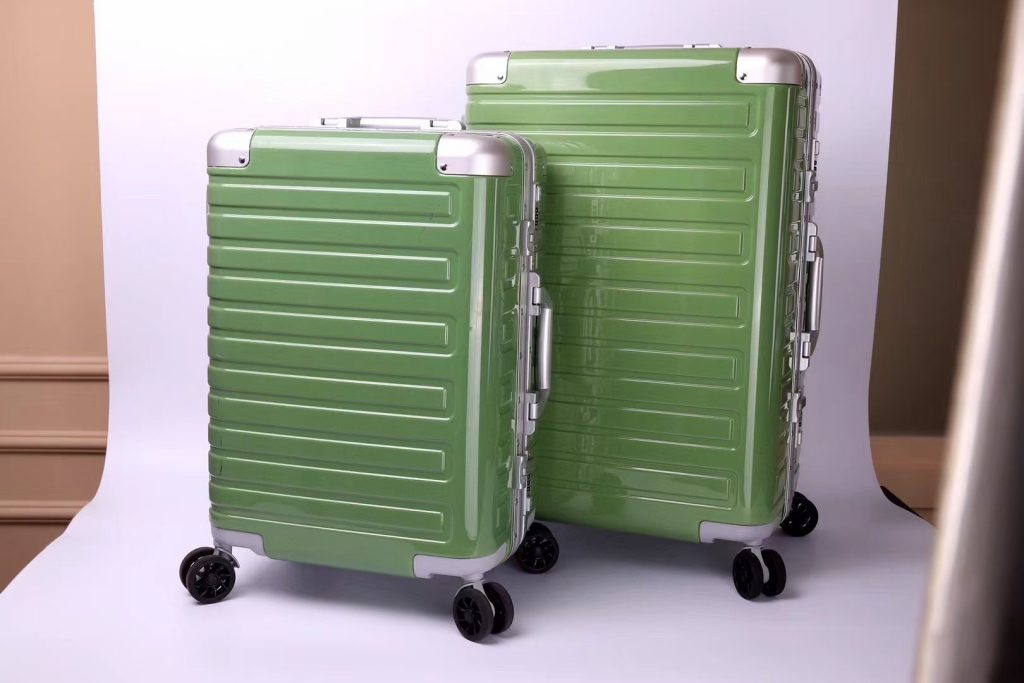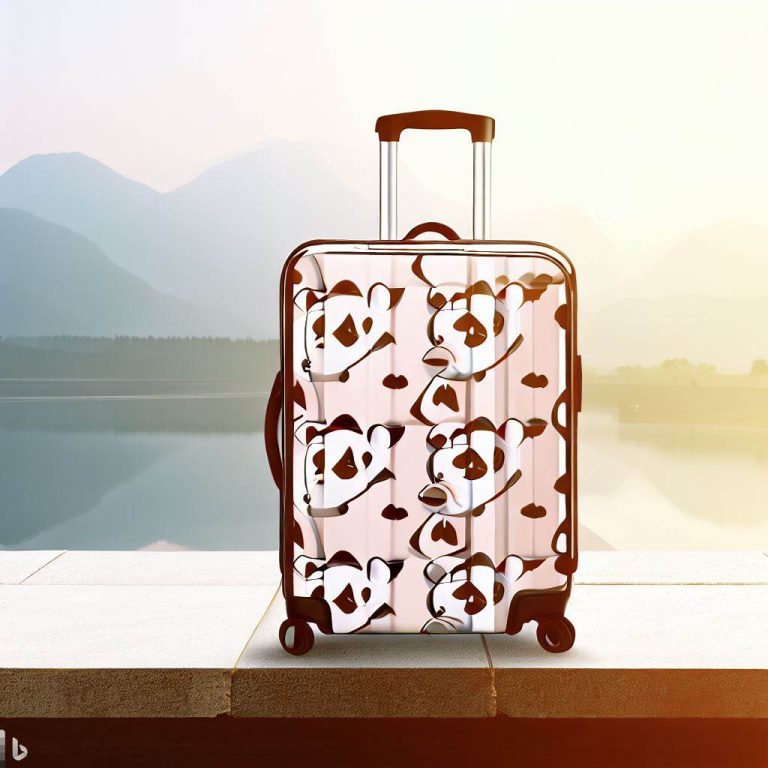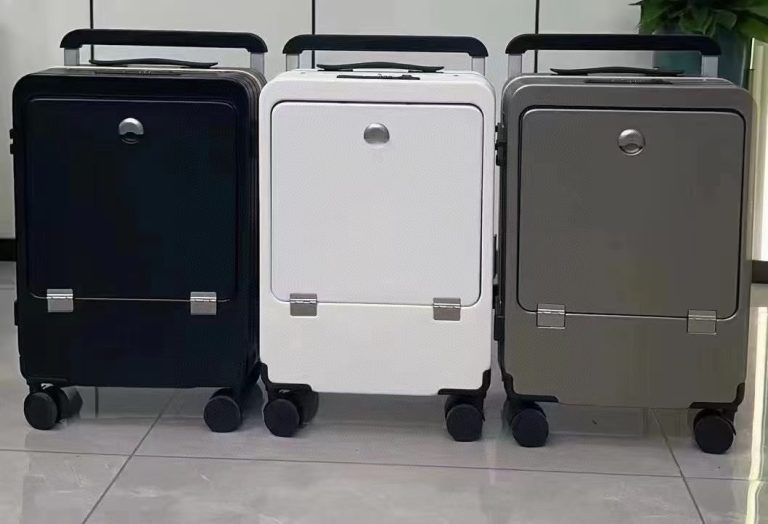Ensuring safety is a paramount concern for luggage manufacturers to provide travelers with reliable and secure products. Here’s an overview of the quality assurance process typically followed by a luggage manufacturer:

- Material Selection and Testing:
- Begin by selecting high-quality materials for the luggage’s exterior shell, lining, zippers, handles, wheels, and other components.
- Conduct thorough testing of these materials to ensure they meet industry standards for strength, durability, and safety. Testing may include tensile strength tests, abrasion resistance tests, and impact resistance tests.
- Prototyping and Design Review:
- Create prototypes of the luggage designs and conduct design reviews to evaluate their structural integrity, functionality, and ergonomics.
- Identify any potential safety concerns or weaknesses in the design and make necessary adjustments.
- Production Quality Control:
- Implement stringent quality control measures throughout the manufacturing process to identify and rectify defects or inconsistencies in materials and workmanship.
- Conduct regular inspections of production facilities to ensure compliance with safety and quality standards.
- Stress and Durability Testing:
- Subject luggage prototypes and samples to rigorous stress and durability tests. These tests simulate real-world conditions, such as drops, impacts, and weight-bearing, to ensure that the luggage can withstand the rigors of travel.
- Security Features Testing:
- Verify the functionality of security features, such as locks and zipper mechanisms. Ensure that they operate smoothly and securely to protect the contents of the luggage.
- Wheel and Handle Testing:
- Test the durability and functionality of wheels and handles by simulating rolling, pulling, and extending/retracting movements. Ensure that they can withstand frequent use.
- Weight Capacity Testing:
- Determine the luggage’s weight capacity and verify that it can safely carry the recommended load without structural failure or damage.
- Zippers and Fasteners Testing:
- Assess the reliability of zippers, buckles, and fasteners by subjecting them to repeated open-and-close cycles to ensure they remain secure and functional.
- Safety Regulations Compliance:
- Ensure that the luggage complies with relevant safety regulations and standards, such as those set by the Consumer Product Safety Commission (CPSC) in the United States or equivalent agencies in other regions.
- User Feedback and Testing:
- Collect feedback from users who test the luggage in real travel scenarios. This feedback can reveal any practical issues or safety concerns that may arise during typical use.
- Quality Certifications:
- Seek quality certifications, such as ISO 9001 for quality management systems, to demonstrate your commitment to producing safe and reliable luggage.
- Recall Protocols:
- Develop protocols for handling recalls in the rare event that a safety issue is identified post-production. Ensure that customers are promptly informed and provided with solutions.
- Continuous Improvement:
- Establish a culture of continuous improvement, where lessons learned from quality assurance efforts are used to refine manufacturing processes and enhance product safety.
By following a comprehensive quality assurance process, a luggage manufacturer can minimize safety risks, provide customers with peace of mind, and build a reputation for producing reliable and secure travel companions.






